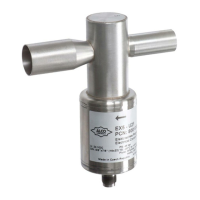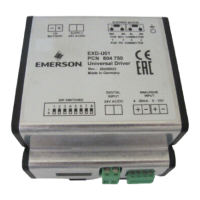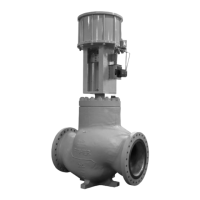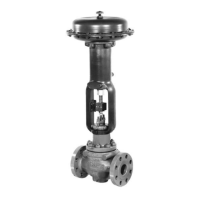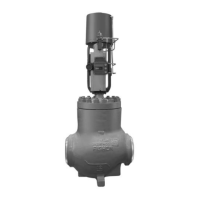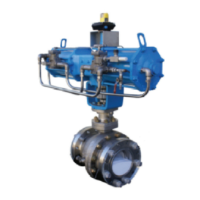Safety
Information
Introduction Installation
PowerTools
Pro Software
Communications
How
Motion
Works
How I/O
Works
Configuring
an
Application
Programming
Starting and
Stopping
Motion
Starting and
Stopping
Programs
Parameter
Descriptions
Drive
Parameters
Used by
EZMotion
Diagnostics Glossary Index
EZMotion User/Programming Guide 177
Revision A8 www.controltechniques.com
Figure 176: Compound Index Example 1
Example: 2:
Index.2.CompoundInitiate 'Dist=30, Vel=1000, Accel=10000, Decel=10000
Index.1.CompoundInitiate 'Dist=20, Vel=500, Accel=5000, Decel=5000
Index.0.Initiate 'Dist=10, Vel=100, Accel=100, Decel=100
Figure 177: Compound Index Example 2
It is important to understand that when compounding indexes together, the acceleration and deceleration will override the
index distance. Figure 177 above shows the scenario where the final index in the compound string has a short distance and a
slow acceleration ramp. Index 0 will start from a velocity of 500 RPM (Index.1.Vel) and accelerate down to its programmed
velocity of 100 RPM at a rate of 100 Revs/Min./Sec. The distance required to accelerate from 500 to 100 RPM is greater than
the index distance of 10 Revs. The programmed ramp is always maintained, and therefore the final index will travel greater
than 10 Revs, and then travel backwards and finally come to a stop 10 Revs from the point that the index started.
Index.BlendInitiate
This program instruction is used to allow an index to complete its move at the velocity of another index. A blended index
accelerates towards its index velocity using its accel ramp. The index will run at velocity before using its deceleration ramp to
accelerate or decelerate towards the velocity of the next index specified. This differs from the compound index where the
index finishes using the accel ramp of the next index.
10 Revs
20 Revs
30 Revs
1000 RPM
500 RPM
100 RPM
10 Revs
20 Revs
30 Revs
1000 RPM
500 RPM
100 RPM

